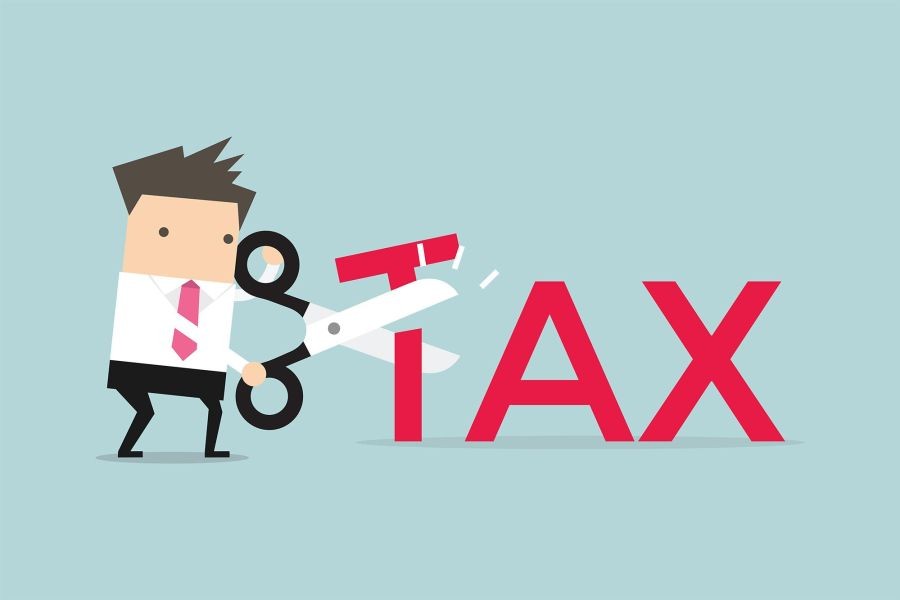When it comes to tax season, many Australians scramble to find ways to reduce their tax burden legally. While some strategies are well-known, there are several surprising tactics that can help individuals and businesses keep more money in their pockets. In this article, we will explore five unexpected yet effective methods to legally reduce your taxes in Australia, backed by data and expert insights.
1. Maximize Superannuation Contributions
Superannuation is not just a retirement savings plan; it is a powerful tool for reducing taxable income. According to the Australian Prudential Regulation Authority (APRA), making additional super contributions can significantly lower taxable income, thus reducing the tax payable. For the 2023-2024 financial year, individuals can make concessional contributions up to $27,500, which are taxed at a lower rate of 15%, rather than the marginal tax rate.
Consider this: Jane, a healthcare consultant in Sydney, was earning $100,000 annually. By contributing an extra $10,000 to her superannuation, she reduced her taxable income to $90,000, saving approximately $3,450 in taxes that year.
2. Invest in Tax-Effective Investments
Investing in tax-effective vehicles like Australian Real Estate Investment Trusts (A-REITs) and certain managed funds can offer tax advantages. These investments often come with franking credits, which can offset the tax payable on dividends. According to the Australian Taxation Office (ATO), using franking credits can lead to substantial tax savings, especially for high-income earners.
Case Study: Consider the case of an Australian investor who placed $50,000 in an A-REIT. Thanks to franking credits on distributions, their effective tax rate on investment income was significantly reduced, resulting in a higher net return compared to investing in non-franked income sources.
3. Take Advantage of Work-Related Deductions
Work-related expenses are often overlooked but can lead to significant tax savings. According to the ATO, eligible deductions include costs related to travel, uniforms, and professional memberships. In the healthcare sector, expenses related to continuing professional development (CPD) are also deductible.
For example, Dr. Michael, a Melbourne-based GP, claimed deductions for his medical association fees and conference expenses, reducing his taxable income by $5,000 and saving around $1,950 in taxes.
4. Utilize the Small Business Tax Offset
For healthcare consultants operating as small businesses, the Small Business Tax Offset is an effective way to reduce taxes. As per the Australian Treasury, businesses with a turnover of less than $5 million can benefit from an offset of up to 16% on the income tax payable on business income.
In a real-world scenario, a small medical consultancy firm with an annual turnover of $2 million benefited from a $6,400 tax offset, enhancing their cash flow and allowing for reinvestment into business growth initiatives.
5. Claim Depreciation on Property
Depreciation is a non-cash deduction that can lead to significant tax savings for property owners. The Australian Bureau of Statistics (ABS) highlights that property investors can claim depreciation on both the building and its fixtures over time. This can reduce taxable income substantially.
For instance, a healthcare professional owning an investment property worth $500,000 claimed $10,000 in depreciation, reducing their tax liability by $3,700 annually.
Common Myths About Tax Reduction
- Myth: "Only high-income earners can benefit from tax strategies." Reality: Tax strategies like superannuation contributions and work-related deductions are accessible to all income levels, providing opportunities for significant savings.
- Myth: "Investment properties always lead to tax savings." Reality: While depreciation helps, poorly performing properties can lead to losses, making market research crucial.
Biggest Mistakes to Avoid
- Overlooking Small Deductions: Failing to claim small work-related expenses can add up, leading to lost savings.
- Ignoring Professional Advice: Not consulting with a tax advisor can result in missed opportunities for tax reduction.
- Delaying Super Contributions: Waiting until the end of the financial year can lead to missed tax savings.
Future Trends in Tax Reduction
Looking ahead, Australia's tax landscape is likely to evolve with technological advancements and policy changes. The Australian Treasury forecasts that digital tax platforms will streamline the tax filing process, making it easier for individuals to identify eligible deductions. Moreover, as sustainability becomes a focus, tax incentives for environmentally friendly investments are expected to increase.
Conclusion
Reducing your tax liability doesn't have to be a daunting task. By strategically utilizing superannuation contributions, investing in tax-effective vehicles, and claiming work-related deductions, Australians can significantly reduce their taxes. As the tax landscape continues to evolve, staying informed and seeking professional advice will be key to maximizing savings. What strategies have worked for you? Share your insights below!
People Also Ask (FAQ)
- How can superannuation reduce my tax in Australia? Superannuation contributions are taxed at a lower rate of 15%, reducing your taxable income and overall tax liability.
- What are franking credits? Franking credits are tax credits that Australian companies pass on to shareholders along with dividend payments, which can offset taxes payable on dividend income.
Related Search Queries
- Ways to reduce taxable income in Australia
- Superannuation tax benefits Australia
- Tax-effective investments Australia
- Work-related deductions ATO
- Small business tax offset Australia
- Property depreciation tax benefits






























